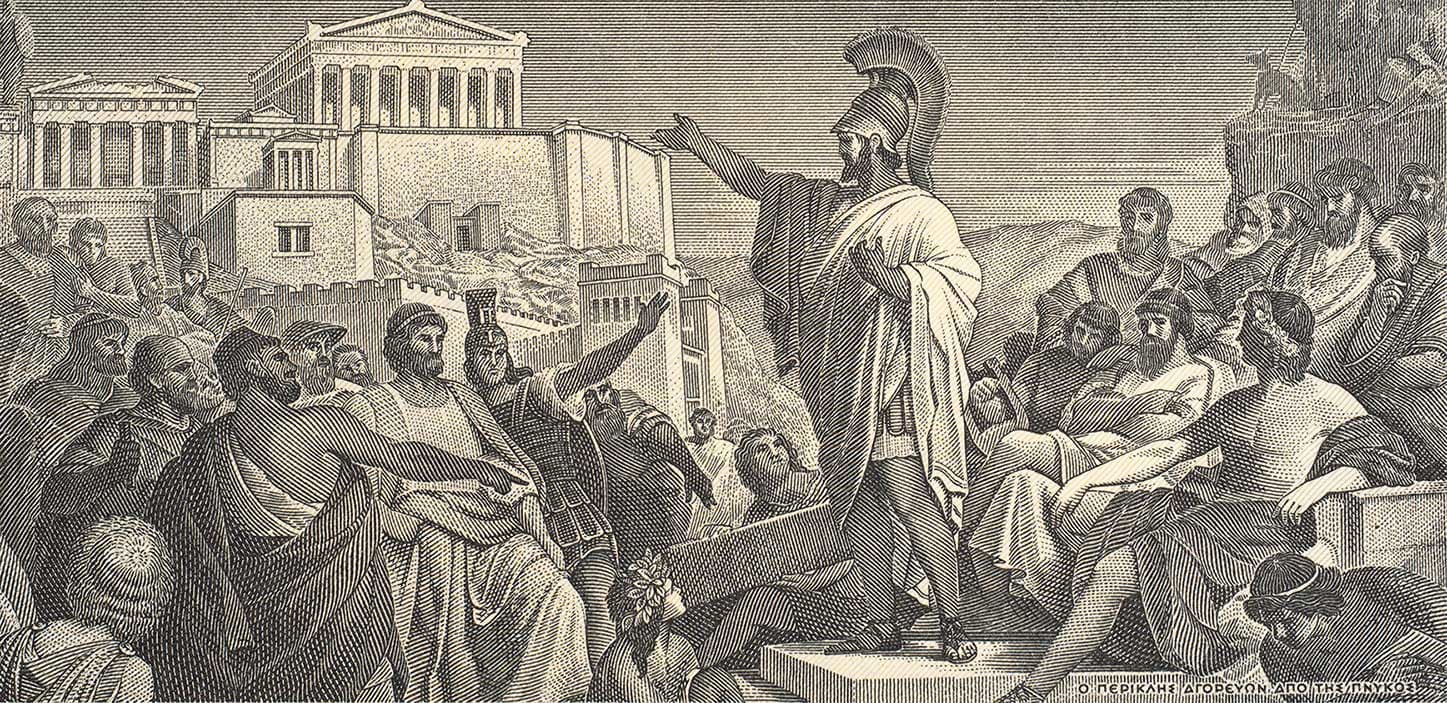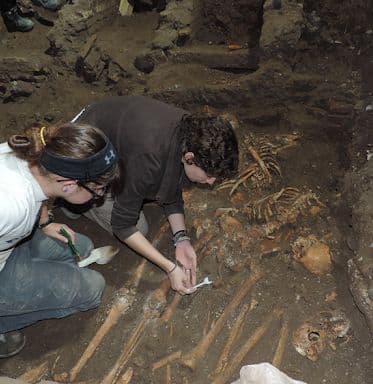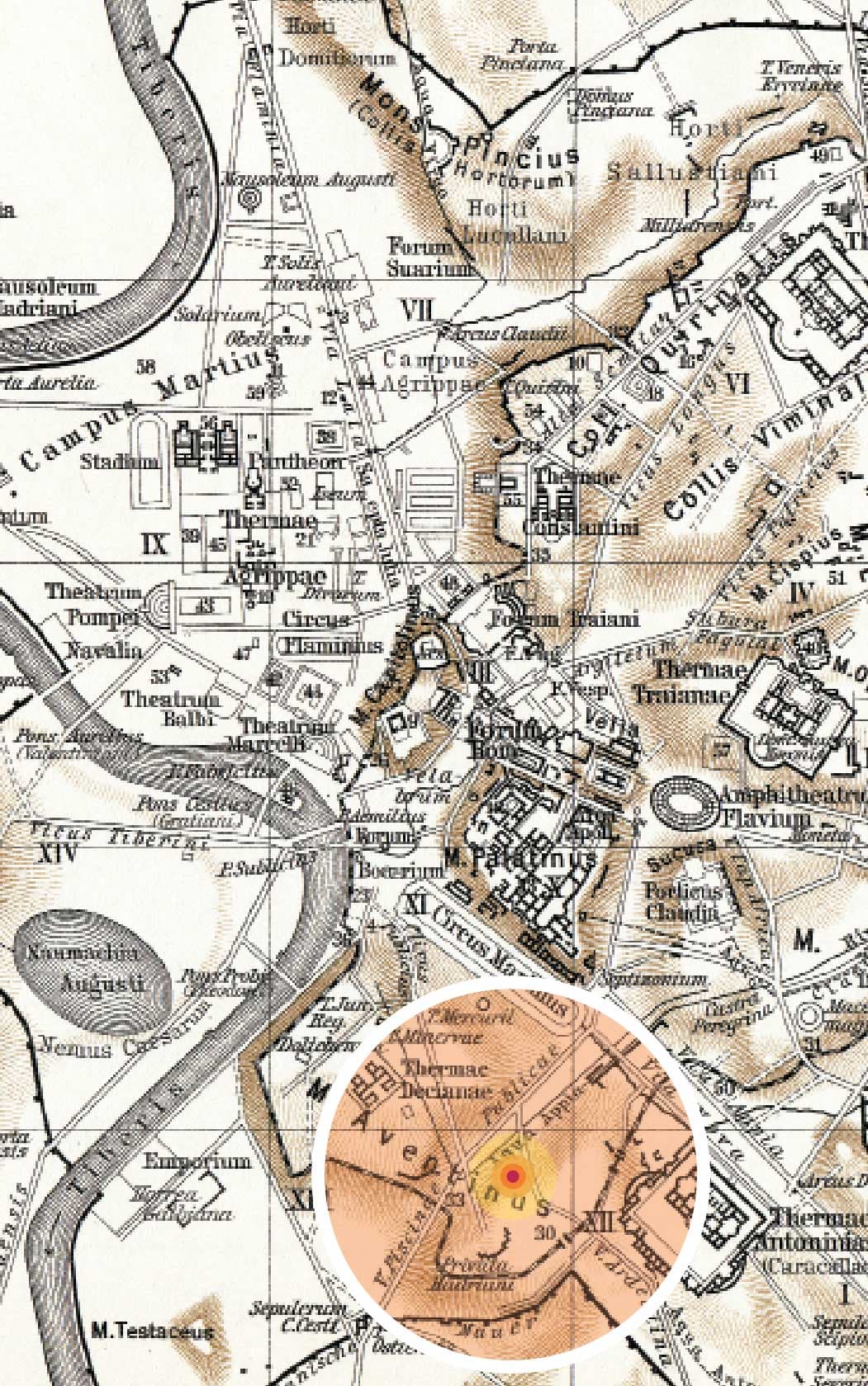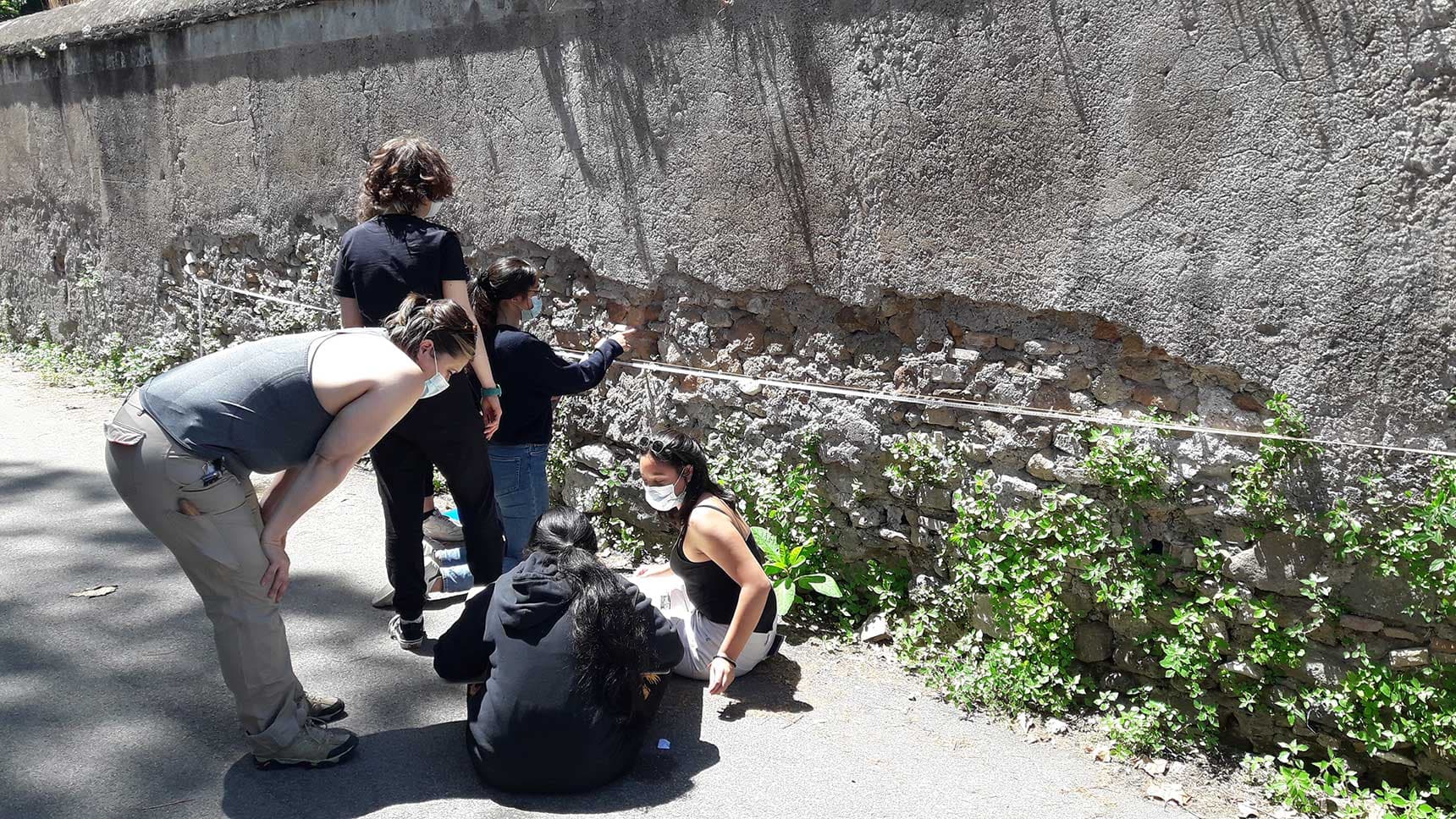Exploring the Classical World at St. Stephen's


It allows the School to increase and enrich its classics courses and harness unique opportunities to collaborate with prestigious institutions, such as the American University of Rome, the American Academy in Rome, the British School of Rome, and other institutes.
Through the Lyceum’s Scholar in Residence program, students can access internationally renowned scholars who lecture and teach classes and are available to the wider community through short courses and tours.
However, as we find ourselves in the midst of the information age and a high-tech global economy, the academic prominence of classical studies has waned. Schools increasingly prioritize strengthening students' knowledge in science, technology, engineering, and mathematics (STEM). In the face of the ongoing Digital Revolution, one may question the relevance of studying the Classics.
It is crucial to recognize that the matter at hand is not an "either/or" scenario but a harmonious "both." Striking a balance is essential. While STEM courses hold immense value in today's high-tech world, they are inherently complementary to a vibrant Humanities/Classics program. The absence of one discipline inevitably hampers the other.
The scope of Classics reaches far beyond the study of Latin, Greek, and ancient texts. It offers a profound understanding of our place in the world, unraveling the origins of our culture and ideas. Engaging with Classics cultivates critical and analytical thinking among students, enriching their communication skills and fostering the ability to forge meaningful connections across various disciplines. It equips them with a broader perspective, enabling them to bridge the gap between the past and the present.
By exploring the Classics, students gain an appreciation of the human experience throughout history. They develop a deeper sense of cultural heritage, broaden their intellectual horizons, and acquire a framework for understanding the complexities of contemporary society. The study of Classics imparts timeless wisdom, providing insights into universal human themes that transcend time and place.
Furthermore, the Classics foster interdisciplinary thinking as they intersect with various fields of knowledge. They enhance problem-solving abilities, encourage creativity, and foster an appreciation for the nuances of language and expression. Students acquire the tools to navigate complex issues and engage in meaningful dialogue by engaging with classical literature, philosophy, and art.
In essence, the study of Classics is not merely an exercise in preserving the past. It is a dynamic discipline that equips students with invaluable skills and knowledge, empowering them to thrive in a rapidly evolving world. By embracing both STEM and Classics, students gain a holistic education that nurtures a well-rounded perspective, fosters critical thinking, and prepares them to become versatile and informed global citizens.

The project, which involves St. Stephen’s students, focuses on one of the rare unexcavated areas in Rome in the Aventine neighborhood, between the Circus Maximus and the Baths of Caracalla. This open field is owned by the Istituto Santa Margherita, a Catholic convalescent home run by the Congregazione Suore Francescane dei Sacri Cuori, and located in the convent attached to the Church of Santa Balbina, which is itself one of the earliest Christian churches in Rome, dating to the 4th century CE. Preliminary research suggests the field has never been systematically excavated using modern methodology and technologies.
Because of this limited exploration, which is exceedingly rare in the dense topography of urban Rome, there may be an intact stratigraphy sequence of 2,700 years, from the modern period to Rome’s foundation in the 8th century BCE. Early cartographic and topography work indicates that the area contains a portion of the Republican Servian Wall and an Imperial house belonging to Lucius Fabius Cilo, consul in 203 CE. In the summer of 2020, AUR Professors Giulia Faccin and Piermatteo Barone led AUR students in a preliminary research season, conducting background research on the area and creating a GIS map and database of the known remains. St. Stephen’s students participated in a 1-week summer course that introduced them to both the archaeological record and the Project. In Spring 2021 through 2023, St. Stephen’s grade 9 students continued to learn about archaeology in their City of Rome course with an undergraduate intern from AUR assisting in the instruction.

Field trips form the basis of the City of Rome course and are also undertaken, when appropriate, in Latin, Greek, and in the Roman semester of Classical Greek and Roman Studies. Classical Greek is also offered as an SL IB course in Classical Greek & Roman Studies. More day and weekend field trips have been incorporated to deepen classroom studies. Latin poets are studied in situ at the Villa Vergiliana (Cumae), Horace’s Villa (Licenza), Sulmona (birthplace of Ovid). The Roman architecture unit of the new CGRS course has been enriched by an intensive study weekend at Pompeii, a full day (or more) at Ostia, and regular field trips within Rome.
Quick jump to find out more about St. Stephen's signature programs
Community Gateway